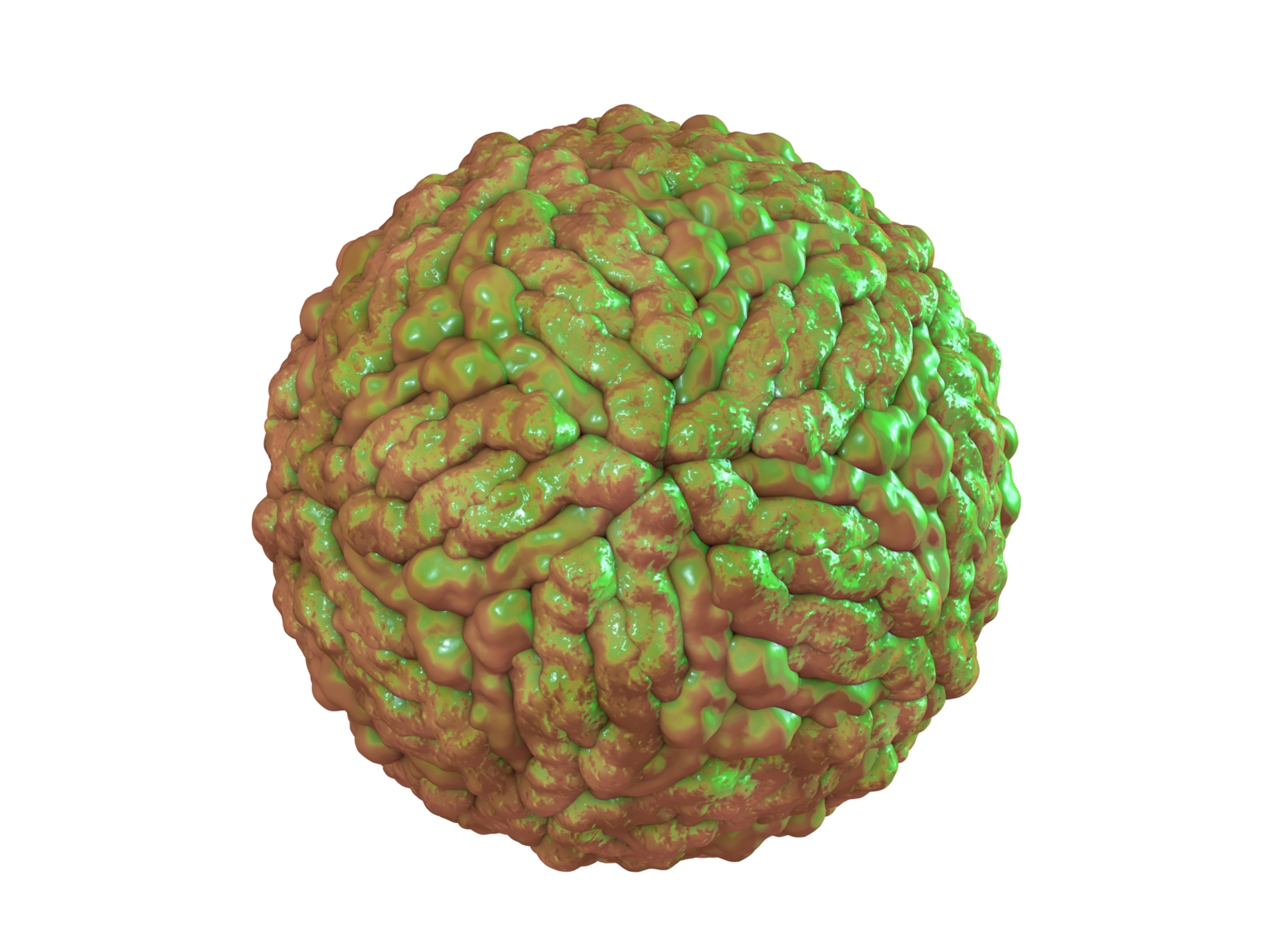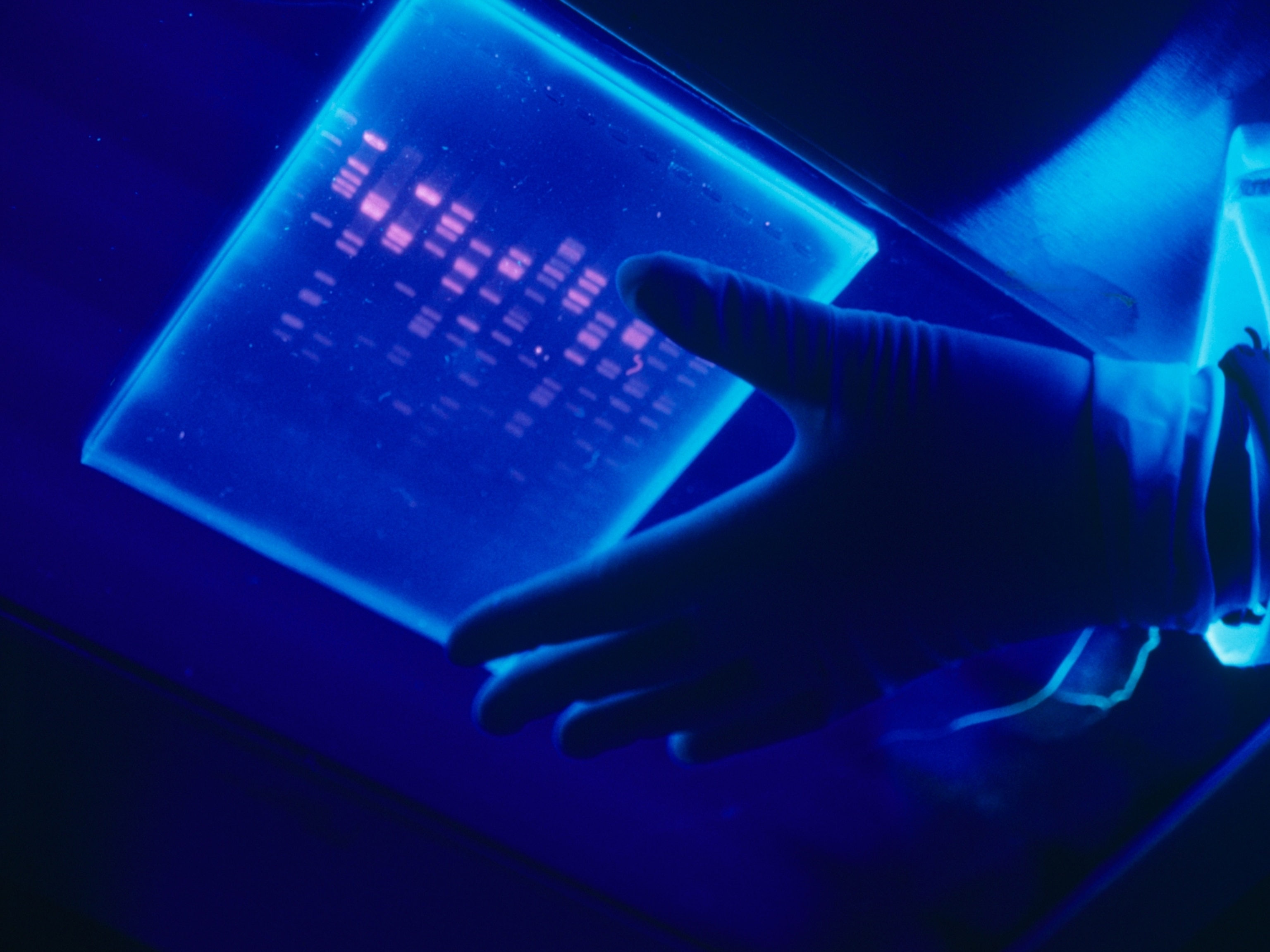
Mutated DNA Causes No-Fingerprint Disease
Genetic difference found in people with immigration-delay disease.
A genetic mutation causes people to be born without fingerprints, a new study says.
Almost every person is born with fingerprints, and everyone's are unique. But people with a rare disease known as adermatoglyphia do not have fingerprints from birth. Affecting only four known extended families worldwide, the condition is also called immigration-delay disease, since a lack of fingerprints makes it difficult for people to cross international borders.
In an effort to find the cause of the disease, dermatologist Eli Sprecher sequenced the DNA of 16 members of one family with adermatoglyphia in Switzerland. Seven had normal fingerprints, and the other nine did not. After investigating a number of genes to find evidence of mutation, the researchers came up empty-handed—until a grad student finally found the culprit, a smaller version of a gene called SMARCAD1. (Get a genetics overview.)
The larger SMARCAD1 is expressed throughout the body, but the smaller form acts only on the skin. Sure enough, the nine family members with no fingerprints had mutations in that gene.
Being born without fingerprints doesn't occur simply because one gene has been turned on or off, Sprecher said. Rather, the mutation causes copies of the SMARCAD1 gene to be unstable.
That mutation is also the first link in a long chain of events that ultimately affects fingerprint development in the womb. The rest of the links in the chain are still a mystery, said Sprecher, of the Tel Aviv Sourasky Medical Center.
(See skin pictures.)
No-Fingerprint Disease Not Harmful
Other inherited diseases that result in a lack of fingerprints—such as Naegeli syndrome and dermatopathia pigmentosa reticularis—are caused by problems with the protein keratin-14.
(Related: "Born Without Fingerprints: Scientists Solve Mystery of Rare Disorder.")
These conditions "manifest not only with lack of fingerprints, but also with a number of other critical features—a thickening of the skin, problems with nail formation," Sprecher said.
By contrast, immigration-delay disease doesn't come with any side effects besides a minor reduction in the ability to sweat. In general, people with the disease "are otherwise completely healthy, like you and me."
By further studying the Swiss family, Sprecher said, it might be possible to solve the mystery of fingerprints overall.
"You go from a rare disease to a biological insight of general importance," he said. "We would never have been able to get to this gene if not for the study of this family."
The fingerprint research was published August 12 in the American Journal of Human Genetics.





